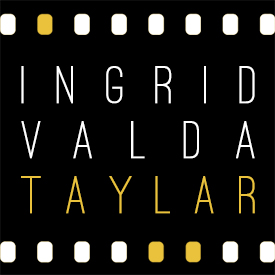Great Blue Heron (Ardea herodias) in Seattle, Washington.
I shot these photos today at our community beach and mini wildlife enclave. We’ve seen this heron on multiple occasions, fishing in the creek, foraging through the cattails in the duck pond, perched in the perimeter of Madrone trees. But this is the first time the heron posed for us on a utility pole in such stunning light. He preened and rested for almost a half hour as I shot some images. These are two of my favorite frames from the “shoot.” The second shot is, of course, his launch from the pole. The heron ditched — along with every other bird in the vicinity. The usual suspect: Bald Eagle overhead.
Getting the Right Angle and the Right Light
I saw the heron land on the pole as I was shooting pics of ducks taking baths. I approached quietly from the shady side of his body. I had to get around the pole to shoot him in reasonably good light and although I didn’t want to startle him or force him off his perch, there was an intensity in my slow moves since I thought I might lose the photographic opportunity altogether. It was fortunate that once he gave me a few glances and found me harmless, he stayed for a while and allowed for the above photos.
If you’re new to photographing wildlife, the shots below show the significant difference an angle or an animal’s head turn can make. Even though waiting for a shot might mean losing the shot, I usually creep toward the better angle and just hope I can do so without disrupting the animal’s normal behavior. (My personal view on nature photography ethics.)
I did no post processing on these next images, they’re straight out of the camera.
This is the angle from which I first saw the Great Blue Heron, looking directly toward the sun with the heron backlit. I could do a bit of post processing to improve the image, but the light just isn’t there to illuminate the face and plumage.
This is shot from the same angle, with slightly improved position by the heron. The head turn exposes the light on the right side of the face.
This extra turn adds more dimension to the heron’s face and feathers.
Here, I moved to a different spot, looking straight up at the heron, to see the front plumage.
And here, I angled a bit farther to view the heron from the side. The light is good but I lost the texture of the gorgeous front plumage on the bird. There’s obviously a lot of aesthetic subjectivity in all photographs, even if some people will assert there is no technical subjectivity.
Great Blue Herons in Seattle
There’s a Great Blue Heron colony at Kiwanis Ravine in the Magnolia area. Access is restricted for obvious reasons, but there are vantage points during nesting season, where interested people can set up scopes or watch the herons with binoculars. For more information: Heron Habitat Helpers.








Striking photos! Heron is amazing! What a beautiful bird it is!